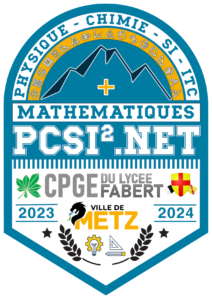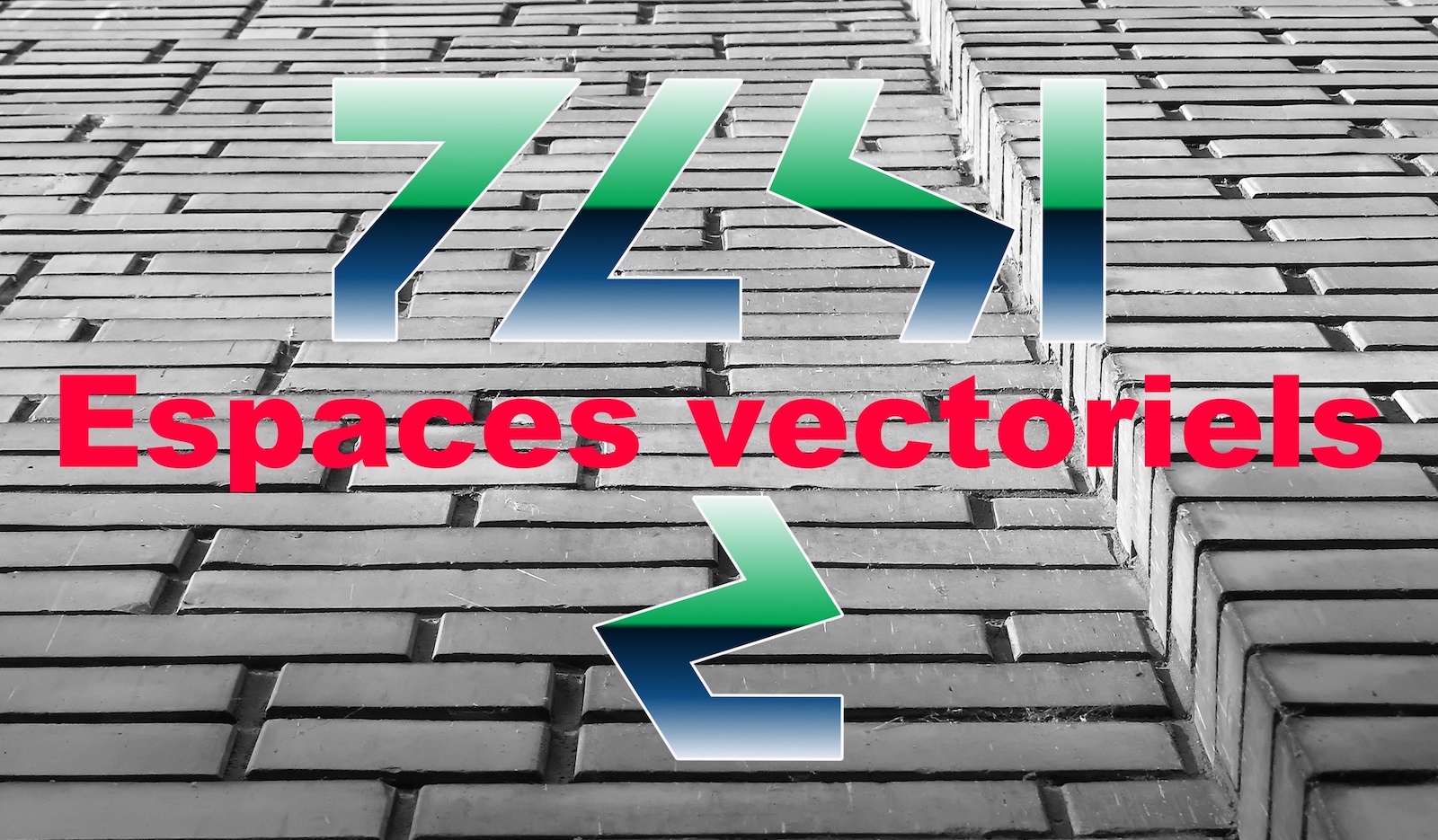
Savoir faire : Savoir vérifier si une partie d’un espace vectoriel est, ou non, un sous-espace vectoriel de cet espace.
Exercice :
Soit \(E=\mathcal{F}([0;1],\R)\) l’espace vectoriel des fonctions de \([0,1]\) dans \(\mathbb{R}\).
Les ensembles suivants sont-ils des sous-espaces vectoriels de \(E\) ?
\[\begin{align*}&E_1=\{f \in E, 2 f(0)=f(1)\}\\[10pt]
& E_2=\{f \in E,\ f(1)=f(0)+1\}\\[10pt]
&E_3=\{f \in E,\ f \geqslant 0\}\\[10pt]
&E_4=\{f \in E,\ \forall x \in \R,\ f(x) = f(1-x)\}\\[8pt]
&E_5=\{f \in E,\ f \text{ polynomiale de degré 4}\}\\[5pt]
&E_6=\{f \in E,\ f \text{ polynomiale de degré inférieur ou égal à 4}\}
\end{align*}\].





